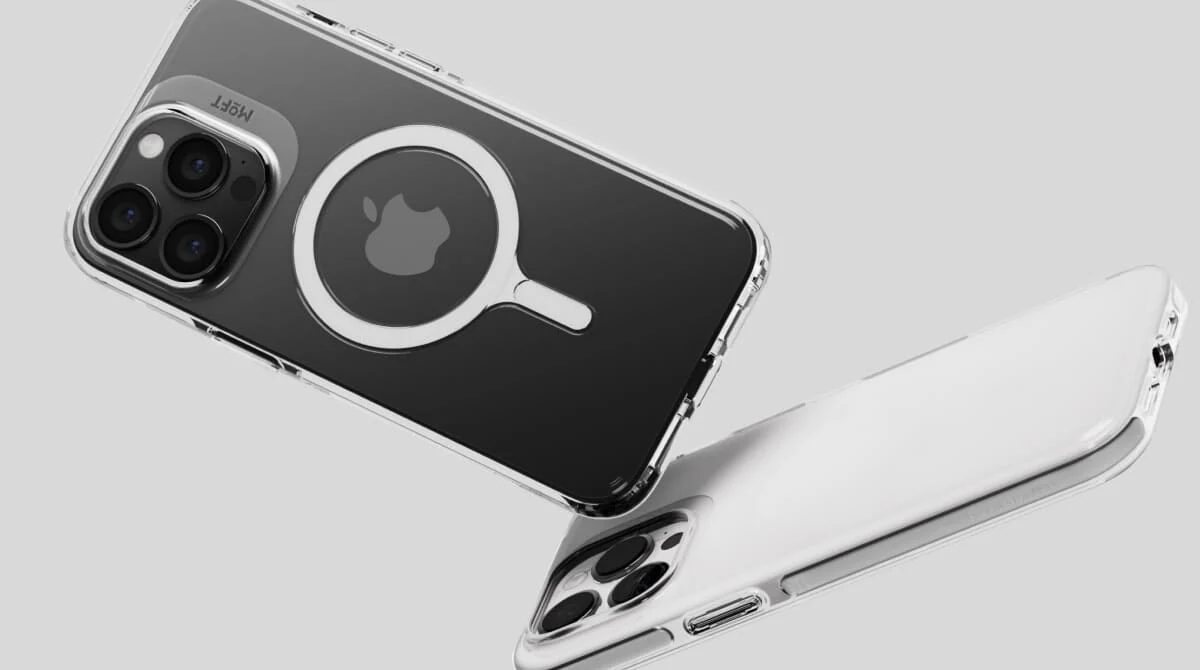When Apple introduced MagSafe technology with the iPhone 12, it transformed wireless charging and accessory attachment. From magnetic wallets to faster wireless charging pads, MagSafe offers convenience and innovation. But a common question arises:
Do you need a MagSafe case to use MagSafe?
The short answer is no — you don’t need a MagSafe case to use MagSafe. However, using one can significantly improve the experience by ensuring stronger magnetic alignment, better charging speeds, and secure accessory attachment.
This guide breaks down everything you need to know about MagSafe, how it works, and whether a MagSafe case is necessary for your iPhone.
What is MagSafe?
MagSafe is Apple’s proprietary magnetic technology built into iPhone models starting from the iPhone 12 series. It uses a ring of magnets embedded around the iPhone’s wireless charging coil.
- Primary Purpose: To align the iPhone perfectly with MagSafe chargers for faster, more efficient charging.
- Secondary Benefit: To allow magnetic accessories like wallets, stands, car mounts, and battery packs to snap securely to the back of the iPhone.
This system eliminates misalignment issues that often reduce charging efficiency in traditional wireless chargers.
Do You Need a MagSafe Case to Use MagSafe?
The simple answer:
- Without a Case: You can use MagSafe directly with your iPhone, and it works perfectly.
- With a Non-MagSafe Case: Charging and attachment may still work, but the magnets might not align correctly, reducing efficiency and security.
- With a MagSafe Case: Optimized magnetic alignment ensures the best charging performance and accessory grip.
So, while a MagSafe case is not required, it is recommended for users who want consistent performance and reliable attachment.
How MagSafe Works Without a Case
If you use your iPhone without a case, MagSafe accessories attach directly to the back of the phone. This setup offers:
- Maximum Magnetic Strength: No material interference.
- Fastest Charging Speeds: Direct alignment ensures up to 15W charging speeds on compatible chargers.
- Sleek Experience: Direct-to-phone attachment looks and feels cleaner.
However, going caseless does increase the risk of scratches, drops, and damage.
Issues with Non-MagSafe Cases
If you use a standard case without MagSafe support, you may encounter issues:
- Weaker Magnetic Grip – The magnets inside the phone may not connect strongly through thick or non-optimized materials.
- Slower Charging – Misalignment can reduce charging efficiency, dropping speeds below the expected 15W.
- Accessory Slippage – Wallets, mounts, and stands may detach easily.
- Incompatibility – Some thicker or metal cases may block MagSafe altogether.
This is why Apple and third-party manufacturers design MagSafe-compatible cases with embedded magnets.
Benefits of Using a MagSafe Case
A MagSafe case is specifically engineered with a built-in magnetic ring that aligns with your iPhone’s MagSafe system.
Key Benefits:
- Perfect Magnetic Alignment
Ensures your iPhone locks securely onto chargers and accessories.
- Reliable Wireless Charging
Consistent 15W charging speeds without worrying about positioning.
- Secure Accessory Attachment
MagSafe wallets, mounts, and battery packs stay firmly attached.
- Phone Protection
Protects your iPhone from drops and scratches while maintaining MagSafe compatibility.
- Wider Accessory Ecosystem
Works seamlessly with Apple-certified and third-party MagSafe accessories.
Charging Speed: MagSafe Case vs. No Case
- Caseless iPhone: Best performance, strong magnets, full 15W charging speeds.
- With MagSafe Case: Practically the same as caseless, since the case is optimized.
- With Non-MagSafe Case: Charging may drop to 7.5W or fail to initiate consistently.
Thus, MagSafe cases give you the best of both worlds — protection + optimal charging.
Types of MagSafe Cases
When considering whether you need one, it helps to know your options.
- Apple’s Official MagSafe Cases
Silicone, leather, and clear case options.
Perfect alignment and premium feel.
- Third-Party MagSafe Cases
More affordable options from brands like Spigen, OtterBox, and ESR.
Varying styles (rugged, slim, transparent).
- Wallet-Case Hybrids
Combine MagSafe support with card storage.
- Battery Cases with MagSafe
Provide extended power with seamless charging integration.
Do MagSafe Wallets Work Without a Case?
Yes — MagSafe wallets snap directly onto the back of a caseless iPhone. However, without a MagSafe case, wallets may:
- Be easier to knock off.
- Feel less secure in pockets.
Using a MagSafe case increases the strength of the connection, giving more peace of mind.
Do You Need a MagSafe Charger for Wireless Charging?
No. You don’t need a MagSafe charger specifically — your iPhone works with any Qi-certified wireless charger.
However, MagSafe chargers offer benefits:
- Faster charging (up to 15W vs. 7.5W on standard Qi chargers).
- Stronger alignment, preventing charging interruptions.
Pros and Cons of Using a MagSafe Case
Pros
- Stronger magnetic grip
- Maintains full 15W charging speeds
- Protects the phone
- Expands accessory compatibility
Cons
- Adds bulk
- Can be more expensive than standard cases
- Some third-party cases may not work as well
Expert Recommendations
- If you value protection + MagSafe performance, a MagSafe case is highly recommended.
- If you prefer a minimalist, slim feel, you can go caseless — but accessories may be less secure.
- If you already own a non-MagSafe case, test it — some thin cases still allow MagSafe to work decently.
Conclusion
So, do you need a MagSafe case to use MagSafe?
The answer is no, but it’s the best way to get the full benefits.
You can use MagSafe chargers and accessories without a case, but:
- Caseless iPhone = best performance but zero protection.
- Non-MagSafe case = weaker grip, slower charging.
- MagSafe case = optimal balance of protection, charging efficiency, and accessory security.
If you want the smoothest experience with your iPhone’s MagSafe system, a MagSafe-compatible case is the smart choice.
FAQs
1. Can I use MagSafe without a case?
Yes. MagSafe works directly with your iPhone without a case, giving the strongest magnetic connection.
2. Do non-MagSafe cases block charging?
Some do. Thin cases may still allow MagSafe to function, but thicker or metal-based cases can block charging or reduce efficiency.
3. Does MagSafe charge slower without a MagSafe case?
No — charging speeds are the same without a case. Problems only arise with non-MagSafe cases that misalign magnets.
4. Are third-party MagSafe cases reliable?
Yes. Many brands like Spigen, OtterBox, and ESR make affordable MagSafe-compatible cases that work well.
5. Is a MagSafe case worth it?
Absolutely. For most users, a MagSafe case provides the best balance of phone protection, secure accessories, and fast charging performance.
Also read: Pet Play Gear: A Complete Guide to Accessories, Safety, and Roleplay




Leave a Comment